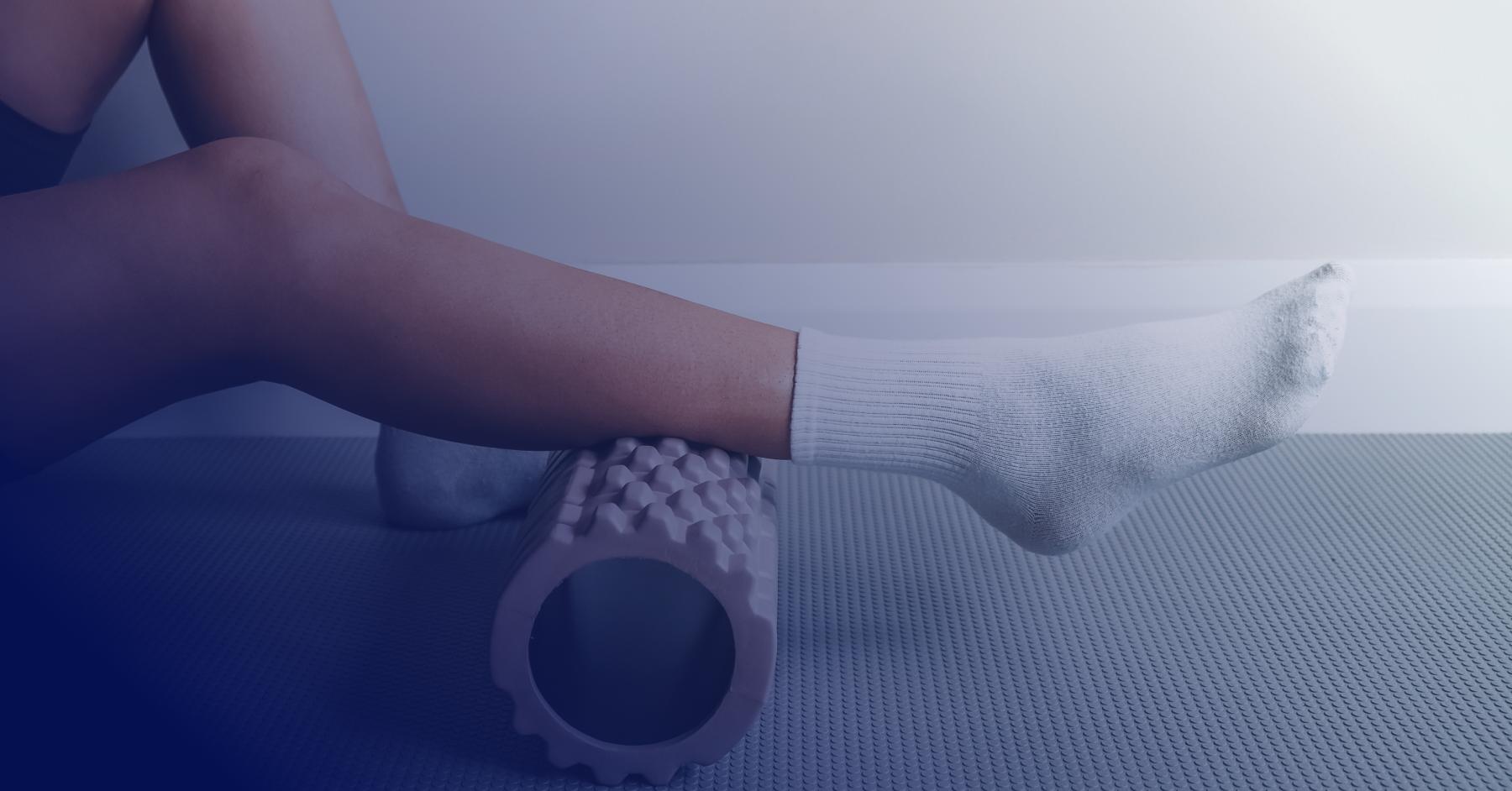Sports Physical Therapy vs Chiropractic Care: Which is Right for You
Sports Medicine

So you’re suffering from joint pain? Should you see a physical therapist or a chiropractor? This guide will help you decide.
Perhaps your back has been aching for weeks, and you can no longer tolerate the pain. Where do you go for treatment? Is physical therapy or chiropractic care the better choice for your recovery?
Both disciplines help patients overcome joint and muscle pain and get them back on their feet, but they take slightly differing approaches.
This guide will answer your questions about sports physical therapy versus chiropractic care.
What is Sports Physiotherapy?
Physical therapy, or physiotherapy, is a non-surgical treatment method that emphasizes exercise, massage, hot/cold therapy, and electrical stimulation to relieve pain and improve movement in patients.
Physical therapists may also specialize in specific areas, including sports medicine, a growing sector that works with athletes to treat injuries and pain. Sports physical therapists can also show athletes ways to avoid injury.
Physical therapists typically work in hospitals or clinic settings. People who’ve suffered a musculoskeletal injury during a sporting event frequently seek out physical therapists for treatment.
However, those recovering from surgery or suffering from a chronic condition such as heart disease can also benefit from physical therapy to overcome their restrictions and live a more active, healthy life.
Becoming a physical therapist requires earning a Doctor of Physical Therapy (DPT) degree from an accredited institution and passing a state licensure exam.
What to Expect from a Physical Therapist
Depending on your state and insurance plan, a referral from a medical doctor may be necessary to see a physical therapist. It's advisable to verify the specific guidelines before scheduling an appointment.
During your first appointment, the physical therapist will:
- Review your health history and the reason for your visit (recovering from surgery, pain from an acute injury, etc.).
- Perform a series of physical tests to assess your range of motion, balance, overall strength, and your posture and gait.
- Develop a plan of care that includes both passive and active treatments, such as manual massage and individualized exercises for your specific condition.
- Schedule the number of visits the physical therapist deems necessary, and provide you with home-based exercises.
What Are the Benefits of Physical Therapy?
Patients usually look to a physical therapist to aid in their recovery from a sports injury or orthopedic surgery.
Other reasons might include pain or restricted movement in a joint (neck, hip, knee, or back are the most common ones).
For example, a physical therapist can treat someone suffering from carpal tunnel syndrome or tendonitis. The goal is not only to help the patient overcome pain, move freely throughout the day, and return to their sport, but also to help them avoid aggravating or re-injuring the joint or soft tissue.
Physical therapists do more than just rehabilitation after an injury or surgery. They can also help patients with conditions that limit mobility, including:
- Parkinson’s disease
- Arthritis
- Muscular dystrophy
- Multiple sclerosis
Physical therapists employ various advanced techniques to aid patients, such as
- Stretching
- Strength training
- Hydrotherapy
- Massage
- Transcutaneous electrical nerve stimulation (TENS)
When to See a Physical Therapist
If you have these persistent symptoms, it may be time to book an appointment with a physical therapist:
- The discomfort is so great you can no longer walk, sit, or do normal daily activities.
- You cannot participate in your favorite sport or recreational activity due to persistent pain or joint stiffness.
- Your mobility is severely limited after surgery.
What is Chiropractic Care?
Similar to physical therapists, chiropractors treat disorders of the musculoskeletal and nervous systems. They primarily focus on the back or neck but can treat other joints, such as the shoulder and hip.
Chiropractors mainly use manual therapies, which include stretching or joint manipulations to correct a joint subluxation, a condition in which a bone in the joint is misaligned.
In a joint manipulation, the chiropractor applies pressure to a specific joint (typically the spine) with their hand and then gives the joint a quick jolt. This is known as “cracking the back,” which is done to align the spine.
Chiropractors are licensed professionals who have received a Doctor of Chiropractic (DC) degree.
What to Expect from a Chiropractor
During your first appointment, you can expect the chiropractor to:
- Assess your physical strength and spinal range of motion.
- Perform a neurological screening, including a neural tension test and evaluating deep tendon reflexes.
- Take an X-ray to review the bone structure of the joint.
- Identify possible spinal subluxations.
- Determine how many appointments may be needed.
Once your chiropractor diagnoses your condition, you’ll receive a range of treatments, including
- Joint manipulations as needed
- Electrical stimulation
- Heat and ice therapies
- Exercises to improve flexibility, strength, and posture
The Benefits of Chiropractic Care
Chiropractors offer non-surgical treatments that primarily focus on the spine and neck, but can also address other joints.
Some chiropractors have specialized training in sports-related conditioning, potentially aiding athletes in maintaining their training and improving their performance.
When to See a Chiropractor
You may need to see a chiropractor if you are suffering from the following.
- Pain in the neck or spine.
- If you have sciatica.
- Pain in other joints (hip, shoulder).
Sports Physical Therapy vs. Chiropractic Care: Differences at a Glance
There are several differences between physical therapy and chiropractic care, including:
Chiropractors:
- Chiropractors mainly focus on the neck and spine.
- Chiropractors use joint manipulation as a main treatment option. You may need more than one manipulation to relieve nerve pain.
- Chiropractors may not participate in insurance plans and will accept only cash.
- Chiropractors mostly operate in outpatient clinics.
Physical Therapists:
- Physical therapists are trained to treat all types of musculoskeletal conditions in all joints, whether caused by an injury or a chronic condition like arthritis.
- Physical therapists use a variety of treatment methods, ranging from passive therapies (such as manual massage) to active therapies, like exercises designed for a specific injury or joint pain.
- Physical therapists can help you prevent injury or reduce pain.
- Physical therapists work in a variety of settings, such as hospitals, clinics, and nursing homes. As such, they will likely accept insurance.
How to Choose: Physical Therapy vs. Chiropractic Care
To choose between physical therapy and chiropractic care, ask yourself these questions:
- Where is the pain? If the pain is concentrated in the neck or back or if you’re suffering from sciatica, your best option may be a chiropractor. However, those with osteoporosis are advised not to see a chiropractor, as joint manipulation could cause injury.
- What kind of condition are you experiencing? If you’re experiencing pain or stiffness in any joint, have been injured during a sporting activity, or are recovering from surgery, your first call should be to a physical therapist.
- What will insurance pay? Insurance generally covers physical therapy, but always check your carrier first. You may be responsible for deductibles and copays. Chiropractors may not accept insurance, so you may have to pay out of pocket. Again, check with the chiropractor before booking an appointment.
- Are the treatments invasive? Both physical therapists and chiropractors use non-surgical therapies, so if you want to avoid an operation, either one is a good choice.
- Have both received advanced training? Yes, both physical therapists and chiropractors receive advanced education and certification by governing bodies. Both must pass state licensing exams to practice, so whoever you choose, you’re getting a qualified professional.
Time for Some PT?
Has your pain become so unbearable that it’s time to see a physical therapist?
At All Sports Physical Therapy, our team of therapists has the expertise and experience to treat a variety of orthopedic conditions and injuries. We help our patients live life to the fullest without pain. Contact us today for a consultation.



